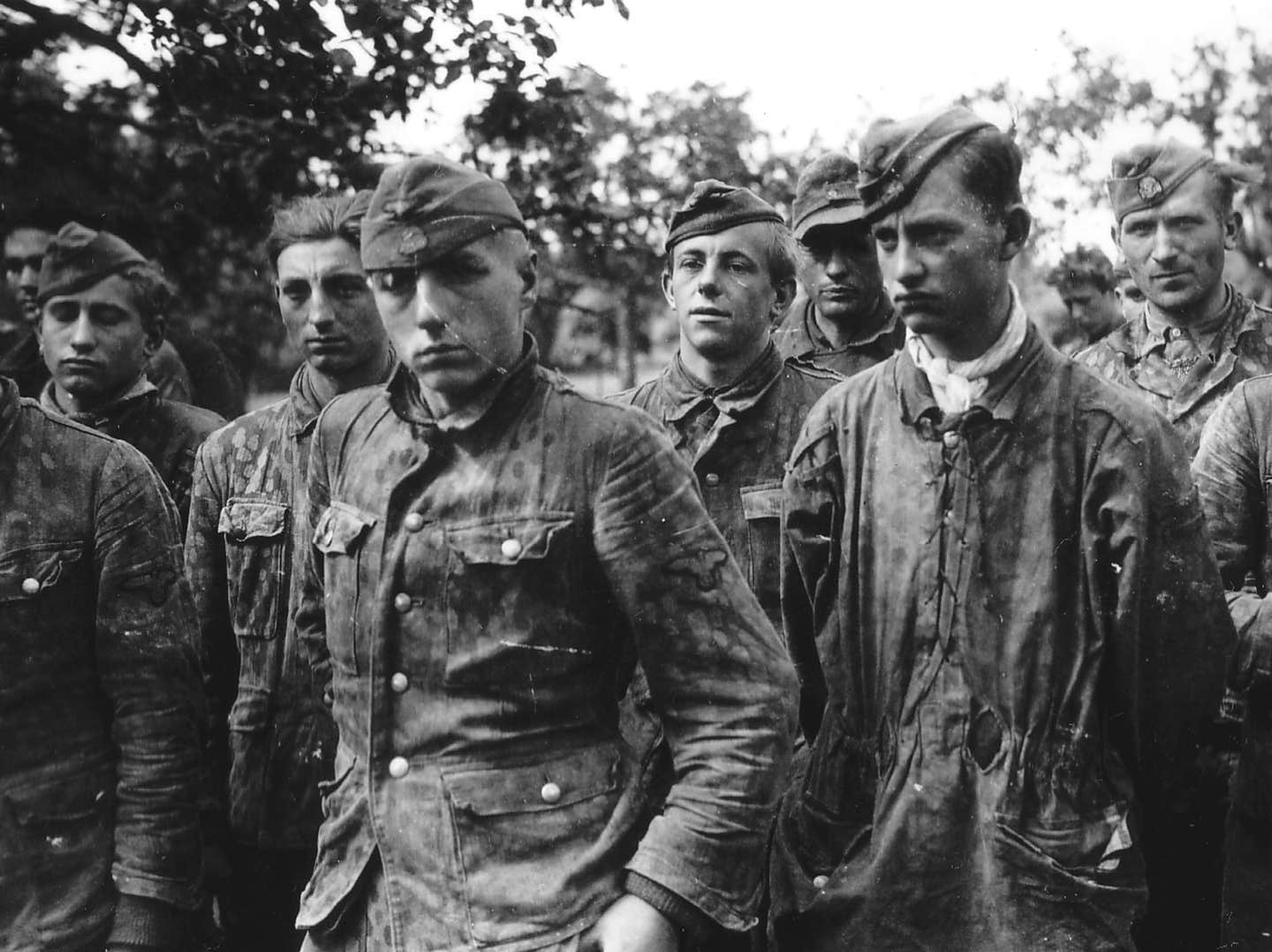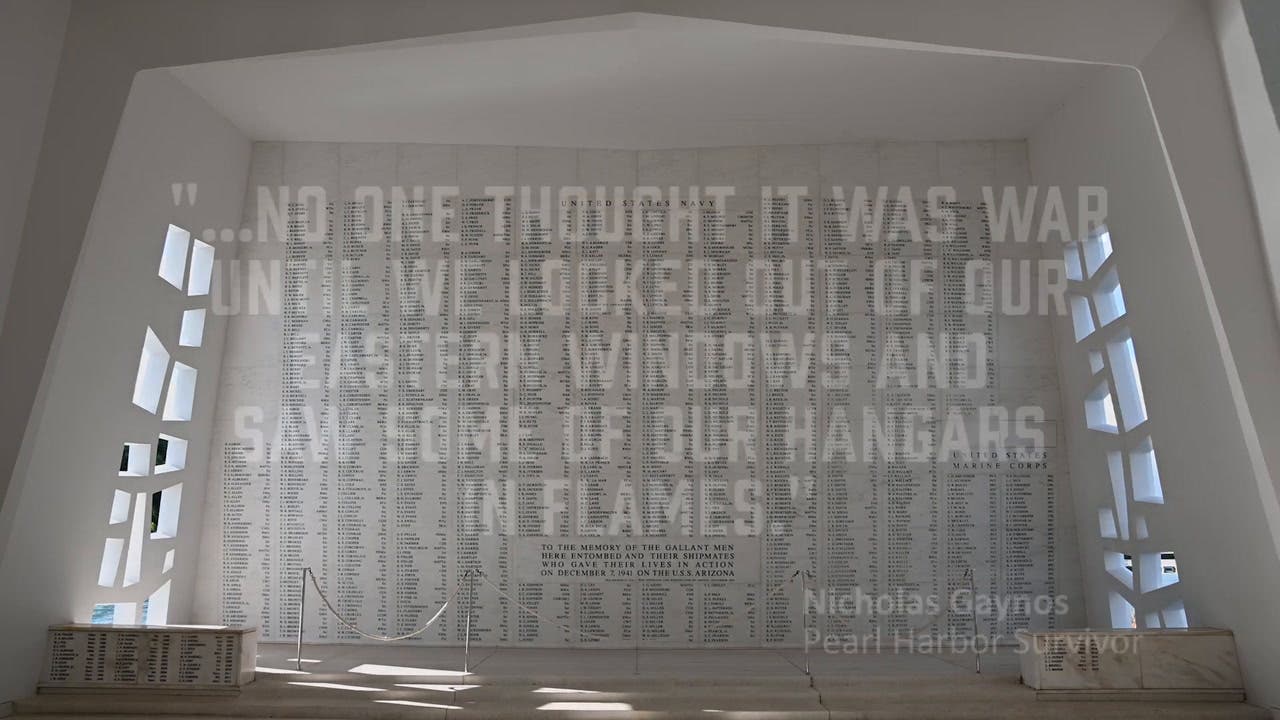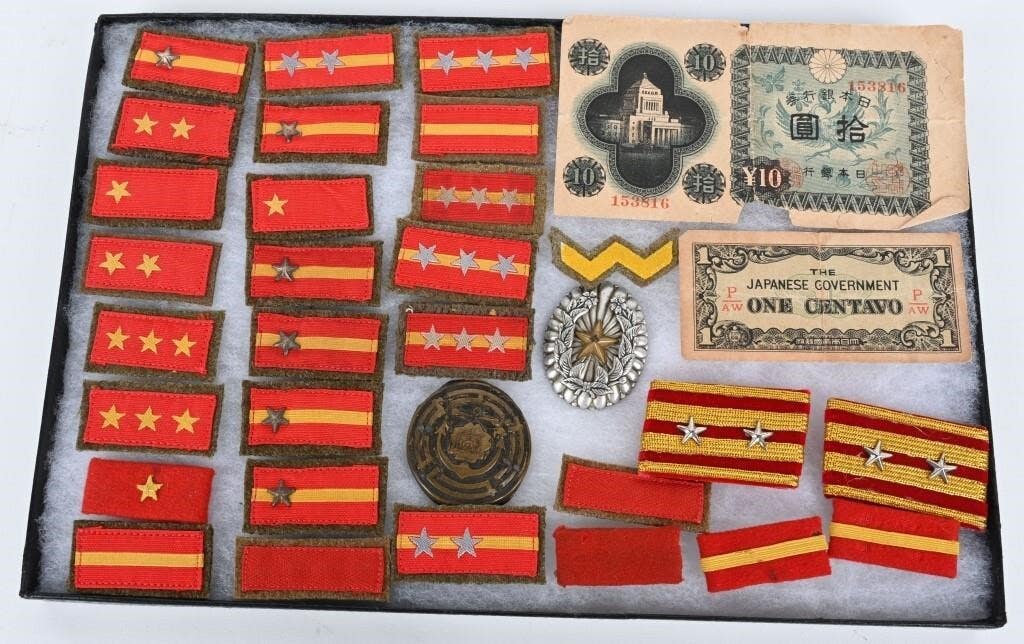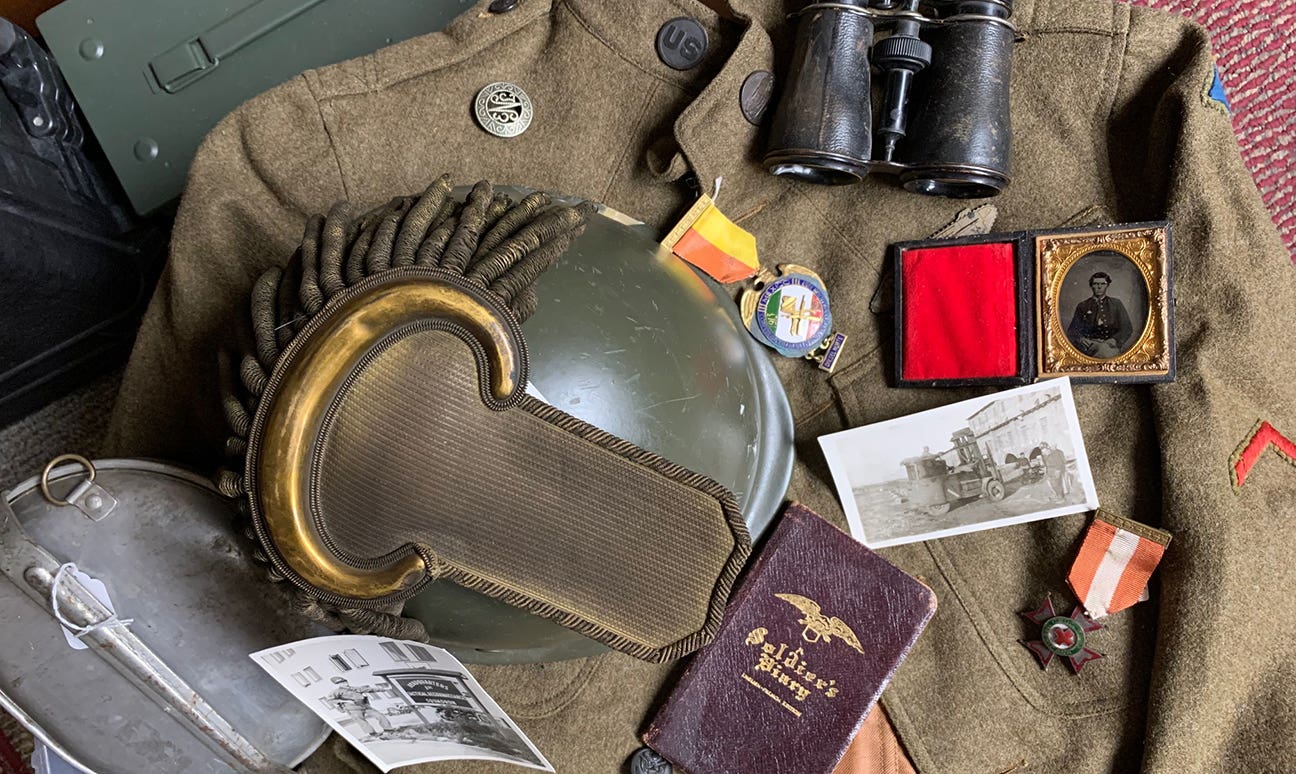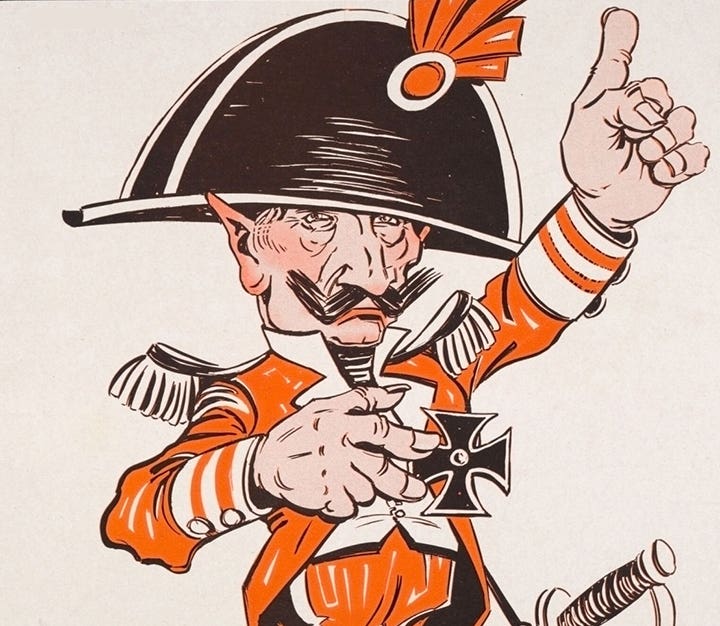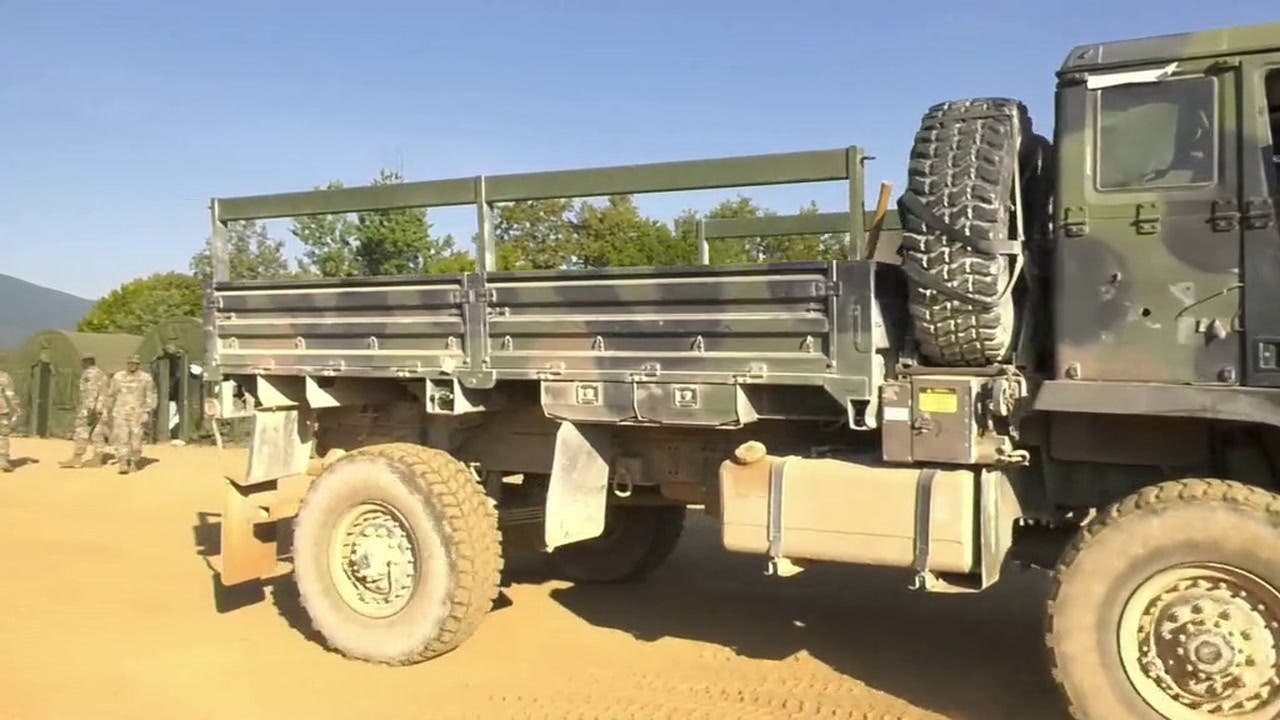Remembering Chet
After settling into a cubicle on my first day as the editor of Military Vehicles Magazine, my new advertising director said to me, “It’s time.” I pushed back my keyboard,…
After settling into a cubicle on my first day as the editor of Military Vehicles Magazine, my new advertising director said to me, “It’s time.” I pushed back my keyboard, stood up and straightened my tie (the last time I wore one at Krause Publications), took a deep breath, and said, “I am ready.” I was about to meet Chet Krause, the founder of the company. I had no idea how much that meeting would set me on a course for the next fifteen years. Only now, after his passing, am I beginning to grasp the gravity of his impact on the hobby — and on me.
Many have heard my story about that first meeting. After being told, “Just call me ‘Chet’,” in response to my “Mr. Krause,” I listened as he told me about the company and his approach to publishing: “Know your topic. Know your readers. They can recognize if you are passionate about the hobby.”
The conversation turned to WWII: “Where did you Dad serve?” Chet asked as he opened a copy of Stanton’s WWII Order of Battle. The massive volume was sitting on the top of his desk. It struck me that he must have referenced it on a regular basis.
I asked Chet about his service. “Ah hell, I just fixed trucks and jeeps, that’s all,” he replied modestly. Later, I would learn he was one of Patton’s soldiers, serving in the 565th Antiaircraft Battalion. Originally sent to auto mechanics school at Camp Davis, N.C., he was assigned to the Battalion’s headquarters as a mechanic in June 1943. He served with the unit in Europe until it was dissolved in mid-September 1945, when he was transferred to the 563rd AA Bn.
We talked for some time about the War. Chet told me he started collecting military vehicles because he was a hosting a reunion for his fellow Battalion members. He wanted to remind them of some of the vehicles they had driven during the war.
It was at this point he asked me, “Do you have a military vehicle?” I replied, “No, but I have been thinking I would like to buy a half-track.” He looked at me hard, tapping the eraser of a pencil on his desk before he snickered, “We don’t pay you enough to buy a half-track.” Not missing a beat with his pencil, he offered, “Work on the magazine and you can drive mine anytime you want.”
Chet didn’t say things like that lightly. He was generous with those who shared his passion. Not only did he permit me to drive his half-track, he gave me the run of his entire collection that included softskins ranging from a Willys MA and a Ford four-wheel-steer GP to Diamond T and Brockway trucks as well as tracked vehicles that included several high-speed tractors, a Sherman medium tank and a Sherman-based tank retriever in addition to the M16 half-track he offered to me as a “personal driver.” The man clearly loved collecting.
When reenactors in Iowa asked Chet if they “could borrow the Sherman to show the public how tanks interacted with infantry,” he replied, “I don’t give a damn what you do with it,” but he didn’t hesitate to load it on a flatbed and send it south. It didn’t matter to him that neither his mechanic nor I had any clue where the tank was going. Those reenactors shared his passion. A month later, in the middle of the night, I received a call from his mechanic. “Hey, come over to the barns (what we called Chet’s garages),” he commanded. “The tank is back, and I need help unloading it. “ I guess Chet recognized the sincerity of people who were passionate about history. I don’t think I would have “loaned” a tank to a group of people I didn’t know, but then, I have never had the judgment of character that Chet possessed.
I guess I shouldn’t have been surprised, then, when he suggested I just take a Jeep home instead of going out to his warehouses to get it for parades. “Hell…I know where you live. My dad and I built your house!” It was true, after the War, Chet and his dad were carpenters in Iola. They built my house and the one next door. After I learned that, I could recognize their “hand” in other homes around the small Wisconsin town. When he decided to parlay a passion for coin collecting into publishing a magazine for fellow collectors, that “hand” would grow to touch nearly every home and business in the town.
Soon after turning the ownership of the company to his employees (in the form of an Employee Stock Ownership Plan, or “ESOP,”) Chet retired from the company. After that, I really didn’t see him that often. In fact, I always suspected he didn’t recognize me, until he would say, “Hey, you’re my damn half-track guy!” It didn’t matter to me if he remembered my name, just as long as he recognized my passion. And he always did.
In these last few years, we had more opportunities to spend time talking casually. I would go over to his office to deliver new Military Vehicle Calendars or to just talk about history. Over time, his interest in the vehicles waning a bit (though I could NEVER refer to a WWII GMC 2-1/2-ton truck as a “deuce.” “Damn it..we never called them a ‘deuce’!” he would bark. “They were ‘Jimmies’ or just a damn ‘truck’.”) It was during one of our visits when I told him about another collector, Kevin Kronlund, who was looking for an M6 high-speed tractor. “Hell, tell him he can buy mine!” was Chet’s reply. Two days later, a wire transfer was made and Chet’s entire military vehicle collection now belonged to the George C. Marshall Museum, founded in Holland by Kevin’s father-in-law, Jaap DeGroot. Over the next six months, I watched as Kevin and his crew drove each of Chet’s 60+ military vehicles to Spooner, Wis., and then prepare them for shipping to Holland.
It was an end of an era…Iola without military vehicles. But, within a couple of months, Chet being the collector, first and foremost, decided it would be interesting to display one of every style of military jeep adopted by the U.S. military. It took him less than two years to reach that goal. He proudly displayed the collection at the Iola Military Show — a show he started more than 15 years earlier. Finally, in 2010, he sold that second collection at auction. He had truly finished collecting military vehicles.
His interest didn’t end, though. Each year since 2010, he came out to the Iola Military Vehicle Show to look at trucks, visit with old friends and to narrate the parade of vehicles with me. The depth of the passion never extinguished. It was during those parades, in fact, he would grab the microphone from me in mid-sentence and announce, “The kid’s got it wrong…You see, this truck….” and he would go on to explain, in-depth, some nuance about a jeep or truck that I could never hope to have known. I would just sit back and listen, not feeling a bit of sting from being referred to as “the kid” or having to give up the mic. How could I? I felt so honored to be sitting next to Chet — a guy who cared about the history, his community, and the men and women who had worked for him.
So much has changed since those days. The company that bore his name has been absorbed into a much larger media empire, the car barns no longer house rows of Jeeps and 2-1/2-ton trucks, and the man that everyone knew as “Just Chet,” has passed away. Though saddened by the loss, I see him in all the work that I do, in the hundreds of vehicles he restored, and the legacy he has left to a small, Wisconsin community. Chet may be gone, “but I don’t give a damn.” I will always hold his memory dear.
Preserve the memory,
John Adams-Graf
Editor, Military Trader and Military Vehicles Magazine
Lifelong Iola resident and perhaps its best-known citizen, Chet Krause, 92, died June 25 of complications of congestive heart failure. Memorials in his memory may be given to Children's Hospital of Wisconsin, 9000 W. Wisconsin Ave., Milwaukee WI 53226 or to Rawhide Boys Ranch, E7475 Rawhide Rd., New London WI 54961. Register book and online condolences may be sent by visiting www.voiefuneralhome.com.
John Adams-Graf ("JAG" to most) is the editor of Military Trader and Military Vehicles Magazine. He has been a military collector for his entire life. The son of a WWII veteran, his writings carry many lessons from the Greatest Generation. JAG has authored several books, including multiple editions of Warman's WWII Collectibles, Civil War Collectibles, and the Standard Catalog of Civil War Firearms. He is a passionate shooter, wood-splitter, kayaker, and WWI AEF Tank Corps collector.



